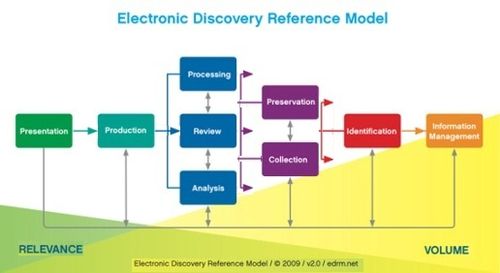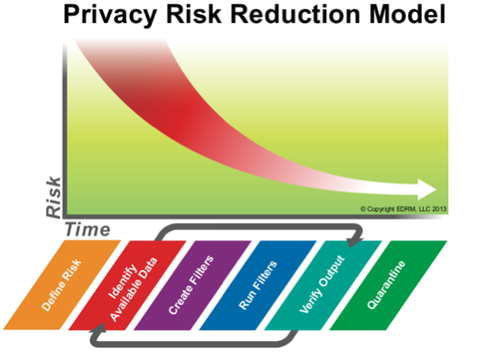Effective Information Governance Takes Initiative – eDiscovery Best Practices

Despite the fact that I missed LegalTech New York (LTNY) last week because of travel difficulties, eDiscoveryDaily is still conducting our fourth annual LTNY thought leader interview series again this year. I owe a BIG thank you to the thought leaders who were gracious enough to reschedule with me this week and early next week. We will publish the schedule for posting the interviews early next week. Stay tuned!
One of the best side-benefits I get from conducting thought leader interviews for the blog is that I get to learn about new programs in the industry that promote best practices. I learned about one such new program in my thought leader interview with Jason R. Baron, Of Counsel with Drinker Biddle & Reath LLP and former long-time Director of Litigation for the U.S. National Archives and Records Administration (NARA). Through my interview with Jason, I learned that the Information Governance Initiative (IGI), a cross-disciplinary consortium and think tank focused on advancing information governance, launched last week.
As announced on their expansive launch press release, the IGI will publish research, benchmarking surveys, and guidance for practitioners on its website. The research will be freely available, and the group will also be providing an online community designed to foster discussion and networking among practitioners.
The IGI was founded by Barclay T. Blair, who is the group’s executive director and Bennett B. Borden, who is the organization’s chair, with Jason R. Baron as co-chair. Jay Brudz is general counsel.
As Jason stated on the press release, “I see the IGI’s mission as sounding a call to arms that current information practices are unsustainable in our increasingly big data world, and that IG solutions exist that better leverage new technology and smart practices. Unless corporations and government agencies take more concerted actions, information overload and mismanagement may pose a serious threat to the economy and even to the justice system itself.”
The IGI identifies several leading providers as supporters and is also partnering with several organizations to bring IG stakeholders from different disciplines together to work on the information governance problem, including The CFO Alliance and ARMA International.
Best of all, it’s free to join and receive updates from the IGI and to gain access to their publications when they are available. Click here to join.
Based on the thought leader interviews that I’ve conducted so far, Information Governance was the most talked about trend at this year’s LTNY. It will be interesting to see what impact the IGI has on providing best practices and guidance for managing information.
So, what do you think? Are you interested in the IGI? Will you join? Please share any comments you might have or if you’d like to know more about a particular topic.
Disclaimer: The views represented herein are exclusively the views of the author, and do not necessarily represent the views held by CloudNine Discovery. eDiscoveryDaily is made available by CloudNine Discovery solely for educational purposes to provide general information about general eDiscovery principles and not to provide specific legal advice applicable to any particular circumstance. eDiscoveryDaily should not be used as a substitute for competent legal advice from a lawyer you have retained and who has agreed to represent you.







